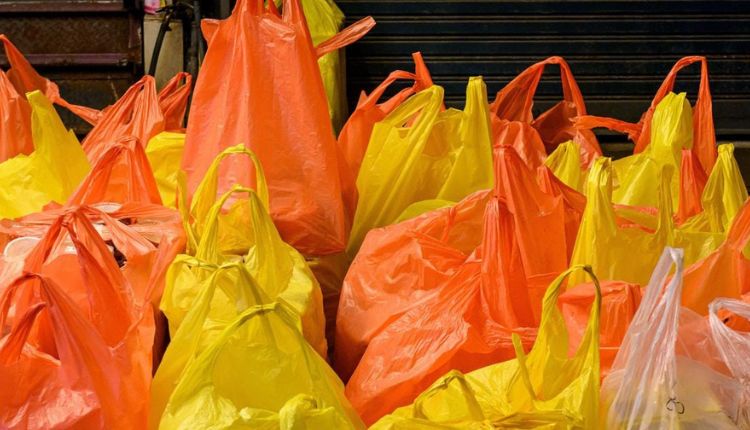Polybag Manufacturing: A Comprehensive Overview
Polyethylene bags, commonly known as polybags, are an integral part of modern packaging solutions. These versatile products are used across various industries including retail, food service, pharmaceuticals, and manufacturing. polybag manufacturer is a complex process involving several stages of production and various materials to meet the diverse needs of the market. This essay delves into the intricacies of polybag manufacturing, highlighting the materials used, the production process, applications, environmental concerns, and advancements in the industry.
Materials Used in Polybag Manufacturing
Polybags are primarily made from polyethylene, a type of plastic that is highly versatile and cost-effective. There are two main types of polyethylene used:
- Low-Density Polyethylene (LDPE): LDPE is known for its flexibility, toughness, and clarity. It is often used for producing bags that require strength and puncture resistance, such as grocery bags, garment bags, and newspaper bags.
- High-Density Polyethylene (HDPE): HDPE is denser and more rigid than LDPE. It is used for producing thicker bags that need to hold heavier items, such as trash bags, retail shopping bags, and industrial liners.
Additionally, polybags can be made from other types of plastic resins, including Linear Low-Density Polyethylene (LLDPE) and Metallocene Polyethylene (mPE), each offering specific characteristics that cater to different applications.
The Manufacturing Process
The production of polybags involves several key steps, each crucial to ensuring the final product meets quality standards and functional requirements.
- Extrusion: The process begins with extrusion, where plastic resin pellets are melted and formed into a continuous tube of plastic film through a machine called an extruder. The extruded film is then cooled and solidified.
- Blown Film Extrusion: In this variation of extrusion, the molten plastic is extruded through a circular die and inflated to form a large bubble. This bubble is then collapsed to create a flat film that can be wound onto rolls. Blown film extrusion is commonly used for producing polybags due to its ability to produce films of varying thicknesses and widths.
- Printing: Once the film is produced, it can be printed with logos, branding, or other information. Flexographic printing is the most common method used in polybag manufacturing, allowing for high-quality prints on the plastic surface.
- Cutting and Sealing: The printed film is then cut into the desired bag sizes and shapes. The edges of the bags are sealed using heat sealing or other sealing methods to ensure durability and prevent leaks.
- Quality Control: Quality control checks are conducted throughout the manufacturing process to ensure the bags meet specified standards. This includes testing for strength, puncture resistance, and visual inspections for defects.
Applications of Polybags
Polybags have a wide range of applications due to their versatility, durability, and cost-effectiveness. Some of the most common uses include:
- Retail: Polybags are widely used in the retail sector for packaging products, carrying goods, and providing a medium for branding and advertising. Shopping bags, garment bags, and promotional bags are typical examples.
- Food Industry: The food industry relies heavily on polybags for packaging perishable items, ensuring freshness, and preventing contamination. Bread bags, produce bags, and freezer bags are common applications.
- Healthcare and Pharmaceuticals: Polybags are used to package medical supplies, pharmaceuticals, and laboratory samples, providing a sterile and secure environment.
- Industrial and Commercial Use: Heavy-duty polybags are used in industrial settings for waste management, packaging bulk materials, and protecting products during transportation and storage.
Environmental Concerns
The widespread use of polybags has raised significant environmental concerns, particularly regarding plastic waste and its impact on the ecosystem. Polybags, being non-biodegradable, contribute to landfill waste and pollution if not properly managed. This has led to increased efforts to reduce plastic use, promote recycling, and develop sustainable alternatives.
- Recycling: Many polybags are recyclable, and there are initiatives to collect and recycle used polybags to produce new products. However, the recycling rate remains relatively low due to contamination and lack of proper recycling infrastructure.
- Biodegradable and Compostable Bags: Advances in material science have led to the development of biodegradable and compostable polybags made from plant-based materials. These bags break down more easily in the environment, reducing their ecological footprint.
- Regulations and Bans: Governments and municipalities around the world are implementing regulations and bans on single-use plastic bags to curb their environmental impact. This has prompted manufacturers to innovate and develop eco-friendly alternatives.
Advancements in Polybag Manufacturing
The polybag manufacturing industry is continually evolving, driven by technological advancements and changing market demands. Some of the notable developments include:
- Sustainable Materials: Research and development are focused on creating more sustainable materials for polybag production. This includes the use of bio-based plastics, recycled materials, and innovative polymers that offer similar performance characteristics with reduced environmental impact.
- Advanced Printing Techniques: The introduction of digital printing technology has revolutionized the printing process, allowing for high-quality, customizable prints with shorter turnaround times and reduced waste.
